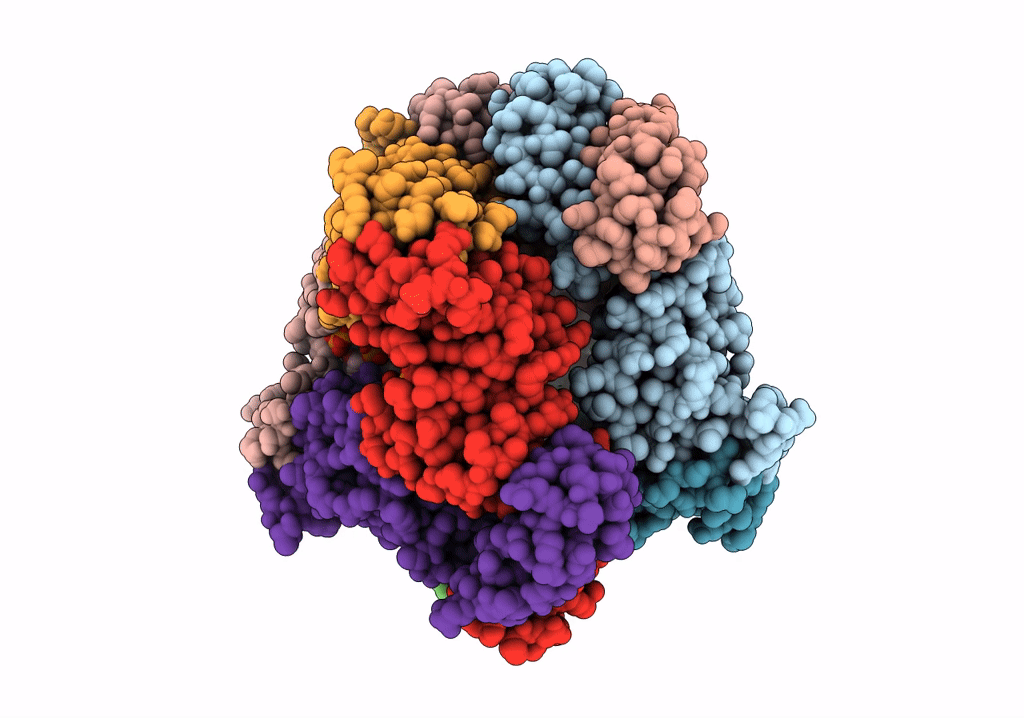
Deposition Date
2021-07-08
Release Date
2022-05-11
Last Version Date
2024-07-17
Entry Detail
PDB ID:
7P3Q
Keywords:
Title:
Streptomyces coelicolor dATP/ATP-loaded NrdR octamer
Biological Source:
Source Organism:
Streptomyces coelicolor A3(2) (Taxon ID: 100226)
Host Organism:
Method Details:
Experimental Method:
Resolution:
3.12 Å
Aggregation State:
PARTICLE
Reconstruction Method:
SINGLE PARTICLE


